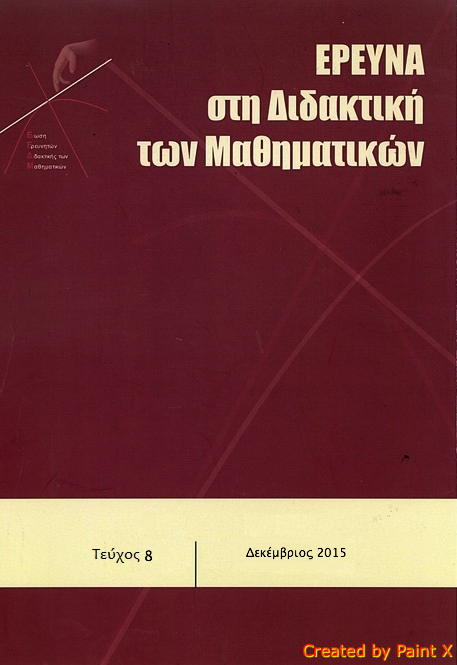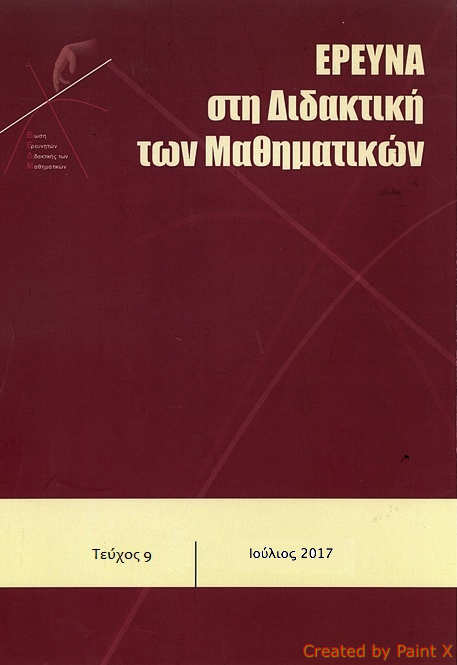THE DEVELOPMENT OF INFORMAL STATISTICAL THINKING IN YOUNG STUDENTS

Abstract
This paper focuses on developing students’ informal inference skills, reporting on how a group of third grade students formulated and evaluated data-based inferences using the dynamic statistics data-visualization environment Tinker Plots® (Konold & Miller, 2005), software specifi cally designed to meet the learning needs of students in the early grades. Children analyzed collected data using TinkerPlots® as an investigation tool, and made a presentation of their fi ndings to the whole school. Findings from the study support the view that statistics instruction can promote the development of learners’ inferential reasoning at an early age, through an informal, data-based approach. These also suggest that the use of dynamic statistics software has the potential to enhance statistics instruction by making inferential reasoning accessible to young learners.
Article Details
- How to Cite
-
Παπαριστοδήμου (Efi Paparistodimou) Έ., & Μελετίου - Μαυροθέρη Μ. (2017). THE DEVELOPMENT OF INFORMAL STATISTICAL THINKING IN YOUNG STUDENTS. Research in Mathematics Education, (8), 87–106. https://doi.org/10.12681/enedim.14241
- Section
- Articles

This work is licensed under a Creative Commons Attribution 4.0 International License.
Authors who publish with this journal agree to the following terms:
Authors retain copyright and grant the journal right of first publication with the work simultaneously licensed under a Creative Commons Attribution licence that allows others to share the work with an acknowledgement of the work's authorship and initial publication in this journal.
Authors are able to enter into separate, additional contractual arrangements for the non-exclusive distribution of the journal's published version of the work (e.g. post it to an institutional repository or publish it in a book), with an acknowledgement of its initial publication in this journal.
Authors are permitted and encouraged to post their work online (preferably in institutional repositories or on their website) prior to and during the submission process, as it can lead to productive exchanges, as well as earlier and greater citation of published work (See The Effect of Open Access).



